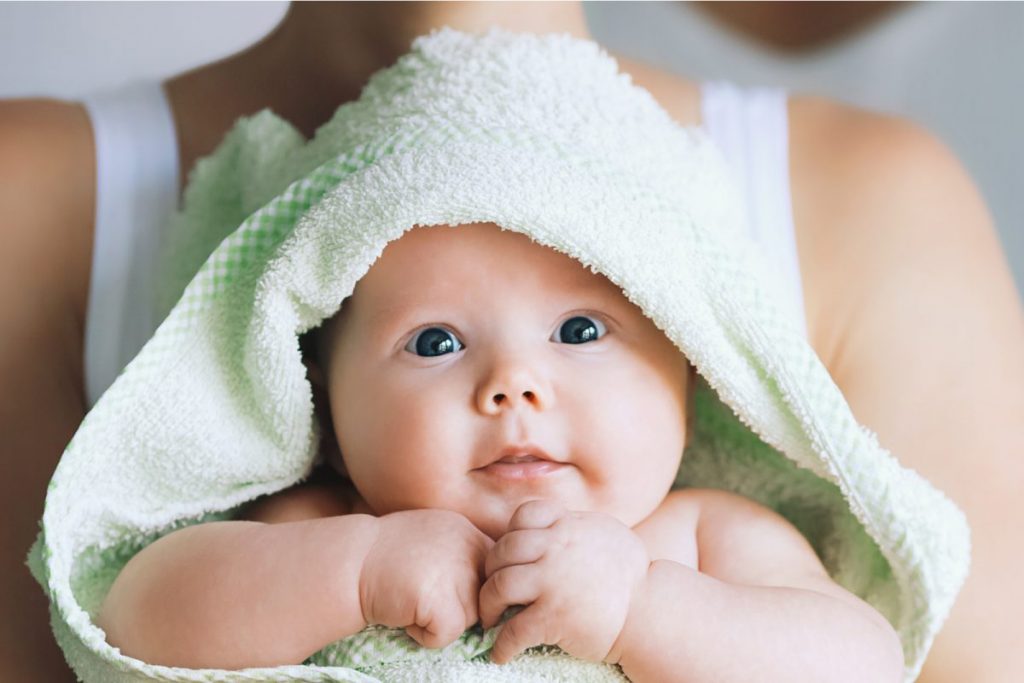
As much as possible, avoid using a nappy
This enables for the inhalation of fresh air. Obviously, the nappy cannot be left off all of the time. The more fresh air, though, the mastertoto better. Allow the baby to lie on a towel or disposable absorbent sheet without a nappy for a period of time each day. However, as soon as the towel or sheet becomes wet, change it.
Frequently change the nappies
Replace the nappy as shortly as it capitaltoto becomes wet or soiled, if possible. The goal is to keep skin away from urine and poo (faeces) for extended periods of time. If your infant is teething and has foul, runny faeces, this is very helpful.
Wipes are just as good as water
Baby wipes have the same impact on presidenttoto your baby’s skin as cotton wool and water, according to studies. However, it is preferable to use wipes that are fragrance- and alcohol-free.
Make absolutely sure the baby’s bottom is completely dry after washing
Prior to actually putting on a new nappy, do this. Using a towel, pat dry rather than rubbing.
Do not use talcum powder or any other powder
The skin may become irritated as a result of this. Soaps, bubble baths, and lotions should also be avoided.
Apply lotions or ointments to the affected area
Creams or ointments, which may be purchased at pharmacies, can assist to protect the skin from dampness. They serve as a physical mastertoto barrier between your baby’s skin and poo or urine. Apply a little layer of barrier cream or ointment to each nappy right before putting it on. Applying too much may cause the nappy to lose its ‘breathability.’ The recommended cream for rashes would be gentle cream for nappy rashes Malaysia from Mamacliqs.

Plastic pants that are too tight to wear over nappies should be avoided
They trap moisture, which might exacerbate the situation.
What triggers a rash on your nappy?
A rash caused by a nappy is a type of skin irritation. The majority of instances are caused by a cutaneous reaction to urine and faeces.
In addition, candida is a bacteria that thrives on irritated skin. (This is the same bacterium that causes the infection thrush, which is most usually found in the mouth or in the genital area.) Candida can cause a brighter or darker red rash that is more inflammatory. The rash can sometimes become infected with bacteria, which are different types of germs. The rash will also get more red and uncomfortable as a result of this.
When your baby is teething, nappy rash can develop or worsen. Teething is supposed to cause diaper rash because your baby produces more saliva, but the exact cause is unknown. The nature of the baby’s excrement changes as a result, making it more likely to provoke a reaction when it comes into contact with the skin.
The majority of nappy rashes are mild to moderate in severity and are not dangerous. Skin problems like eczema, psoriasis, infections, and some rare skin illnesses can occasionally create odd diaper rashes.